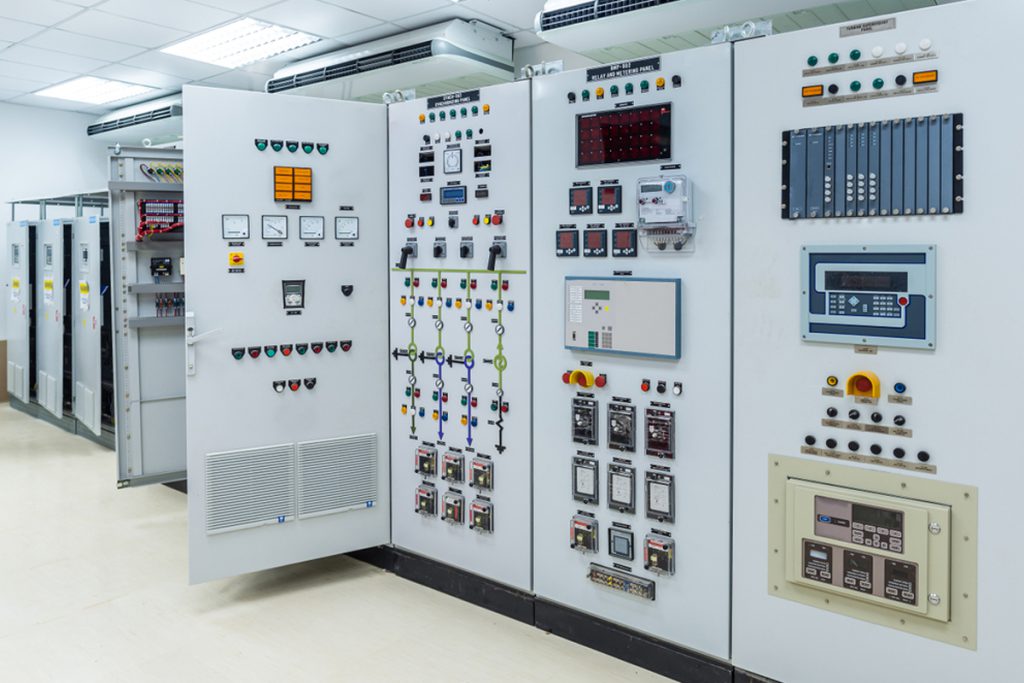Difference Between an ATS and Switchgear

Automatic Transfer Switch (ATS)
Automatic Transfer Switch Configuration Example
When utility power is lost, the automatic transfer switch (ATS) commands generator startup. When the generator is ready, it switches to emergency power.
Single Generator Configurations
It is important to remember that circuit breakers remain closed until they trip due to an overload or short circuit condition.
When power fails:
– The automatic transfer switch commands the generator to start.
– When generator is ready to supply power, the ATS switches emergency power to the load.
– Once utility power is restored ATS switches to utility power and commands generator shutdown.
Multiple Generator Configurations
Some sites have buildings that are located far enough apart to prevent paralleling operations during loss of power. These sites often employ the use of multiple generators.
The figure to the right demonstrates an example. The installation configuration of the generators does not allow parallel operation even if the generator control panel has paralleling software installed. The sequence of automatic transfer switch events is basically the same as the single generator configuration. When utility power is lost to the site, each individual building’s ATS performs its duties and emergency power is brought online until power is restored. With this style of installation, it is possible that one building on the site loses utility power and the remaining has power. Only the generator for the building with failed utility power would initiate.
Electrical Switchgear
The first switchgear used was in power station applications. This consisted of knife switches mounted on panels constructed of marble or asbestos. However, as current and voltage needs escalated, the open knife switch concept became a safety hazard. The knife switches advanced to enclosed circuit breakers to prevent shock.
Residential emergency generator applications today use the circuit breaker panel as the switch gear. In this simple application, the automatic transfer switch supplies power to the circuit breaker in the panel in the home when power is lost. This is an example of the simplest switchgear application.
The next level of switchgear is used for industries that do not have mission critical power requirements. Often power is supplied to individually-designated circuit breakers. Many of these style circuit breakers are equipped with an LED to indicate power. Examples of types of systems powered are:
- Emergency Lighting – Lighting for exit walkways and exit signs throughout building
- Hazardous Ventilation – Exhaust ventilation for rooms that contain toxic chemical storage
- Communications – Phone system energized or some phones with the system
- Alarm and Monitoring – Fire monitoring and electronic door systems
Hospitals, aerospace facilities, data centers and other industries that require continuous power when utility power is interrupted employ more advanced switchgear systems. These systems are custom designed by power enginners for the facility. Large installations with critical power requirements can have a control room. The control room is the center hub for electrical power distribution. Multiple emergency generators can be paralleled and placed on-line in the event of a brown out or complete loss of power. Power distribution panels can be high voltage and have sub-panels equipped with step-down transformers
connected for low voltage operation.
Cr. https://www.generatorsource.com/Difference-Between-Transfer-Switch-and-Switchgear.aspx

